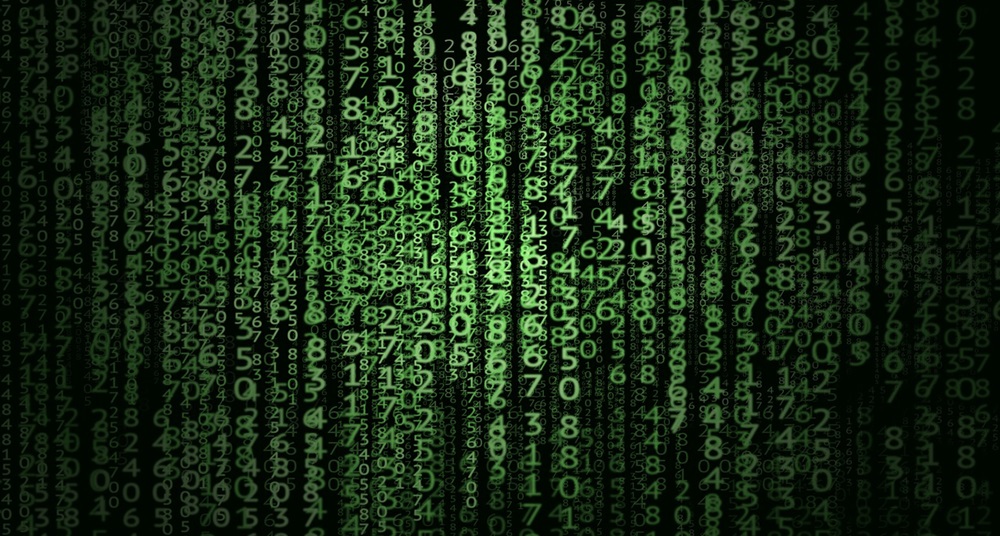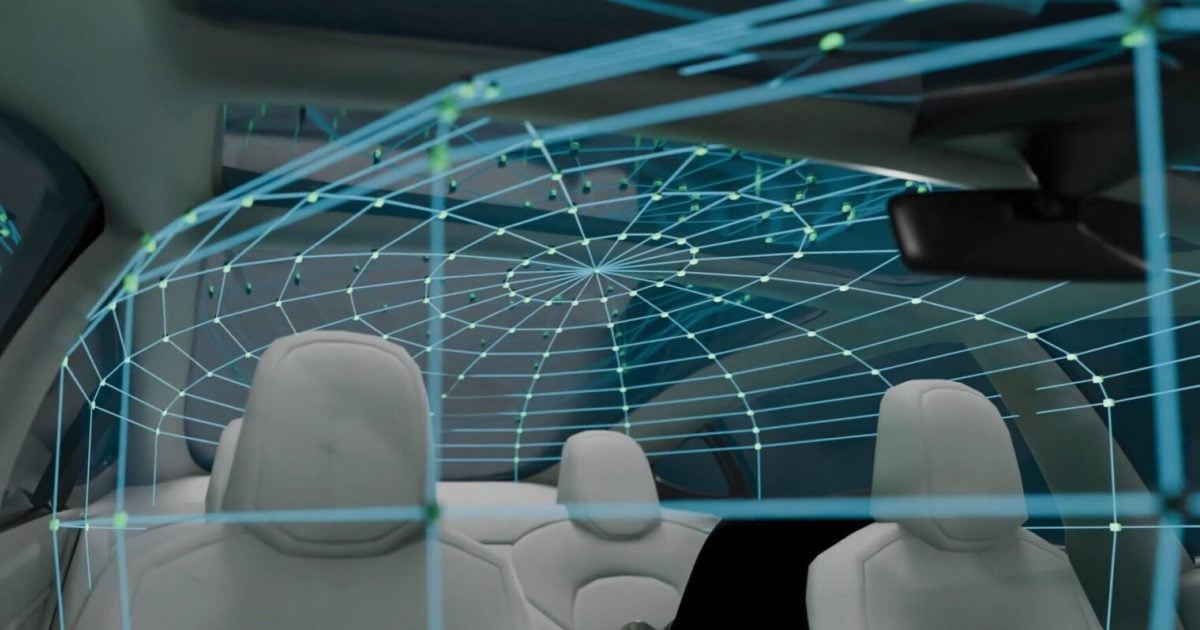
Today, IoT is no longer anything extraordinary. We are nearly surrounded by smart devices in our homes, offices, hospitals, places we go out with friends.
However, IoT technology is still something new and unfamiliar to most of us. Being an average user, what do you think when asked what IoT is?
You may be fairly certain that IoT is (a) a mix of devices and technologies (b) being put together and (c) communicating with one another via data created and flown through the system.
And you’re getting close to the truth, but how many devices create the data?
How is the data transferred through the system?
How is the processed information sent back?
How will a user receive the information: in real time or in parts?
What is the relevance of analytics in this context?
To answer the questions, we need to dig deeper into the Internet of Things development.
How internet of things works: 3 stages of data processing
Building the Internet of Things any company goes from ideas to their implementation. And most of the previously posed ‘data’ questions, should be answered at the preparation stage.
Below we’ll go over the main 3 data processing stages.
Stage #1: Data Sending
Firstly, (a) the data is created on a device and then should be sent over the Internet. Secondly, (b) the central system should collect and organize the data. And, thirdly, (c) the data should be continuously exchanged for the future use.
Taking the example of smart devices and sensors, we know any event creates data. Thus, a development company should decide on the right protocol for the data sending to the central location. Among the most sought-after protocols, there are HTTP, MQTT, CoAP and LoRaWAN.
Let’s say a few quick words about each of them:
HTTPS
Naturally developed for the client-server computing model, the protocol provides web browsing, as well as specialist services around IoT devices. However, HTTPS contains a lot more data in the headers (besides the sent messages). Therefore, while working in low-bandwidth conditions, you may need to give up the idea.
MQTT
MQTT was originally developed as a machine-to-machine/ IoT deployments protocol. MQTT is based on a subscribe model for messages delivering. The standard protocol suits the needs of continuously growing IoT networks. This is because new devices/services can simply connect to a broker (a central system acts here as a broker) to receive messages. Despite HTTPS, the protocol is a saver for work in low-bandwidth conditions. The protocol is lighter than HTTPS, which comes from the smaller message size. The main vulnerability of the protocol is that it lacks encryption as a standard. In this, developers are forced to consider it separately.
CoAP
CoAP is another popular protocol standard. It was also developed for low-power, low-bandwidth environments. Despite MQTT broker system, CoAP is aimed at 1-to-1 connections. CoAP meets the requirements of REST design (through HTTP) and the demands of low-power devices.
LoRaWAN
This is a working solution for long-range data transferring. However, the technology, as well as SigFox (another sought-after solution among IoT developers), is applicable for small amounts of data only and work with non-real time applications.
The mentioned protocols are suitable for gathering data from individual devices and sending it to the central location. However, you shouldn’t forget we named just a few. At the same time you might have heard and even worked with NB-IoT, LTE-M and other technologies.
It’s also noteworthy that data transmission amount is constantly growing. Today, we’re dealing with big data, artificial intelligence, machine learning, which presupposes large data sets to be transferred and processed on an ongoing basis. So, here is just some statistics:
- In 2018, the global big data market size is expected to grow to 42 billion US dollars.
- In 2018, the global AI market is projected to be worth more than 4.07 billion US dollars.
- In 2017, the total number of machine learning deals reached a total deal value of more than 16.9 billion U.S. dollars.
Thus, the main challenge for many IoT developers is making sense of all that data. Therefore, an initial technology choice plays a major role in an IoT project.
What makes the big data well-utilized?
The data should be timely acquired and understood by the recipient device/es;
It ought to be used and streamed real-time;
The new information should be constantly reacted to and analyzed to let you take fact-based automated decisions.
Meanwhile, the data should be stored and applied for future use, shouldn’t it?
Stage #2: Data Storing
To be sent on, consumed or/and used, the created data is sent to the main application (central location) across the Internet of Things. Relying on many factors, including (a) the device, network, and (b) power consumption, an IoT development company chooses to send the data in a real-time regime or in parts.
Events/ real-time record of information
Data can be created as events that occur with the device and then sent to the main application. This provides a complete record of each event for each device as it happens.
Historical record of information
The data can be collected and sent across in parts (batches). The information isn’t available in the real-time regime in the case. The method of data storage and delivery is applicable when battery life of a device is a key factor over the need for data to be received now and there.
The task is further complicated by the fact that time-split data should be precise for IoT applications. Otherwise, it can undermine the purpose of the system itself. In case an order of data isn’t accurate, it can lead to different results when processed and analyzed. It can affect the work of the whole system.
Each device message (data) has to be put into the database unchanged. In many cases, this can become a limiting factor forcing databases to go beyond the possibilities. The potential loss can make an even bigger impact when you need to collect all the data from devices. Therefore, many projects are built on NoSQL platforms.
Moreover, traditional databases are supplied with a primary-replica arrangement.
What does it mean?
This means a leading database server handles all the transactions and synchronously passes them to other servers if required. The server overload in such a case can lead to server failure or even data loss.
Therefore, developers set sights on distributed database systems. It has no primary server and each node in a cluster can handle transactions. If there is a node removal due to the loss of network connectivity, other nodes of the cluster can continue the work. The variant is of a special value for a real-time data sending.
Stage #3: Data Analyzing
As for the owner of the IoT devices, the data analyzing stage can help you create more value. It gives a possibility to set up the tasks based on a certain set of conditions to be carried out automatically.
Traffic analysis, as well as utility networks, power consumption, are focused on trends-spotting that can assist in money and time saving.
As well as with data storage and sending, you need to decide when the results of the analytics will be sent: immediately, near real time, historically.
The ability to analyze large, fast-moving big data sets in real time is made possible by using popular data analysis systems like Apache Spark. However, there are IoT projects aimed at long-term vision, like environmental systems (i2O Water, the UK, and others).
In any of the two cases, the data means much to companies and the future business strategy.
To sum it up
So, IoT is not a term from the scientific literature; we live with IoT devices side by side.
IoT development implies not only connected devices liable to communicate, but big data processing.
An IoT development company needs to choose right technologies, instruments, and approaches for the data sending, storing and analyzing.
The most in-demand standard protocols and technologies utilized for data sending are HTTPS, MQTT, CoAP, LoRaWAN, SigFox and others.
The frequency of stored data sending is subjected to the time-series (real-time information/historical record of information).
IoT development companies have to decide to change the approach to data transferring and processing in connection with its constant growth and sinergy of such concepts as IoT & big data, IoT & AI, IoT & ML, and others.
Today, IoT developers have all possibilities to analyze fast-moving big data sets in a real-time regime. However, this isn't a must-have for some environmental projects, but not only.
About the author: Darya Tsygankova is a Marketing Manager at HQSoftware, a software development company with the main focus on IoT application development, VR, and AR solutions.
Edited by
Ken Briodagh





